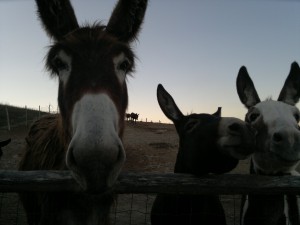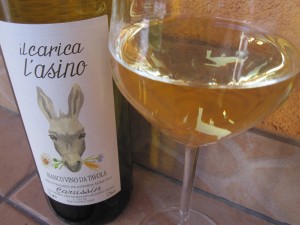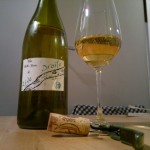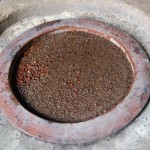May 26, 2013
A quick tasting note: Si Vintners Sophie
I have to say that it’s nice to get emails from afar, but it’s even nicer when these emails state that the reason for their contact is due to this blog (yes, this very blog you are reading – for the first time in 3 months – yes, I know..).
I also get emails from winemakers who would like me to taste their wine because they think that I might enjoy them. I have been disappointed a few times I must admit, but when Polish-born Iwo Jakimowicz emailed me one year ago (27/05/2012), I was intrigued. For one, I live in Poland. Two, this Polish-born winemaker claimed to make “natural” wine in Australia. Not only is Australia literally distant, but often their wines were distant as well – from the natural wine world. I knew that they are making strides when it came to making wine with minimal intervention, but these examples were hard to find in Europe, especially in Poland





























